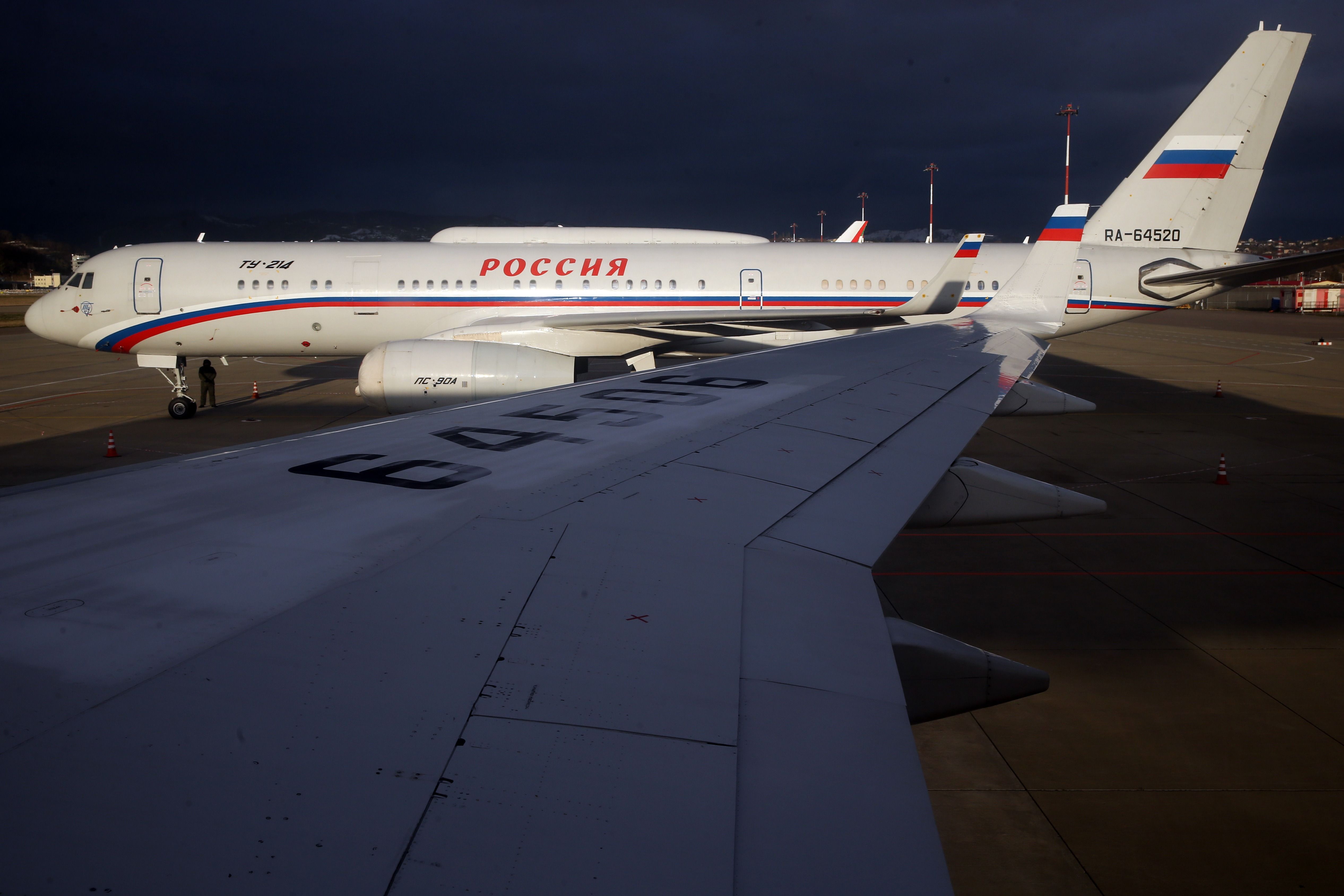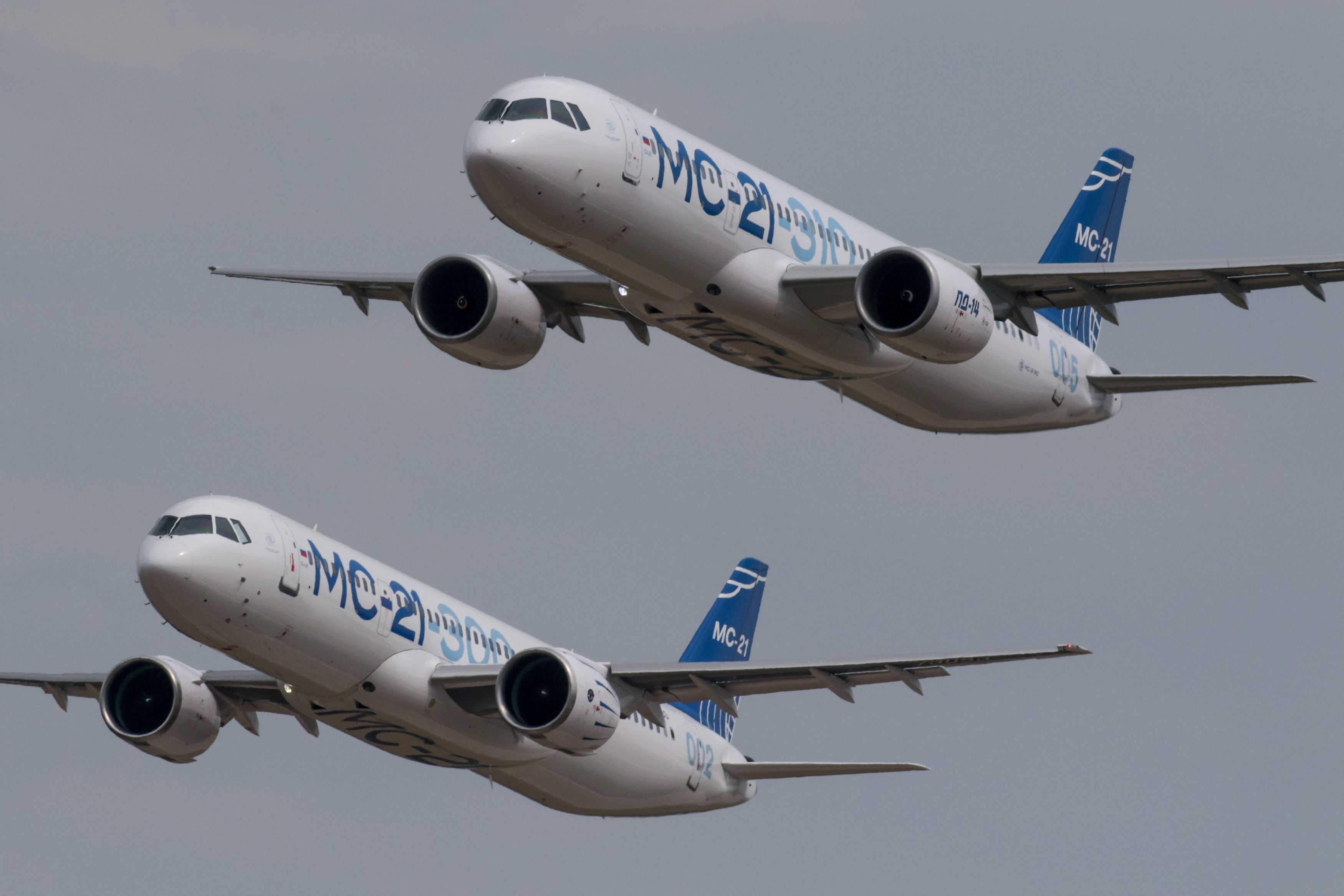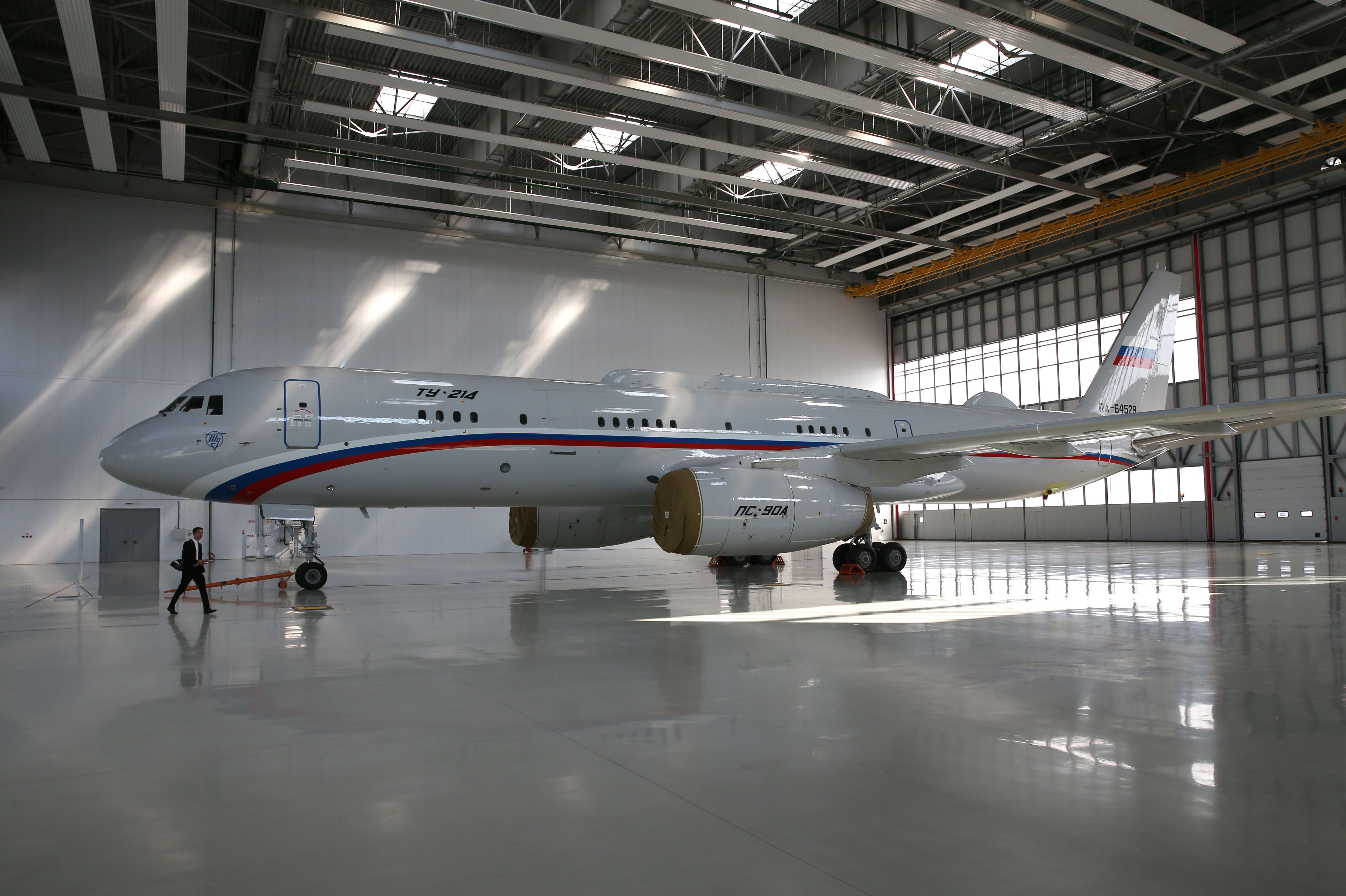Russian aviation is set to suffer in many ways from the sanctions levied against the country following the Kremlin's invasion of Ukraine and the ongoing war. While there are still many governments around the world that have not imposed restrictions on exports to Russia, the ones that count when it comes to aircraft deliveries and maintenance have.
However, just as Russia began producing its own composite materials and developed its own engine for the Irkut MC-21 as a means of counteracting sanctions pre-dating the current war, it is now looking to revive domestic aircraft production of older models to somewhat make up for the lack of new jets coming in from abroad.
Existing hints
For several weeks there have been indications that the state-run aerospace umbrella corporation Rostec could boost production of the slow-churning Ilyushin Il-96 and Tupolev Tu-214 passenger aircraft.
Stay informed: Sign up for our daily and weekly aviation news digests.
Yesterday, the Minister of Industry and Trade of the Russian Federation, Denis Manturov, confirmed that the plan is to build ten of the Tu-214 per year from 2025 onwards, to support the domestic narrowbody market alongside the new flagship Irkut MC-21 jet. However, it is also to function as a 'safety net' for the latest model, Mr Manturov said as quoted by news agency TASS on Thursday.
"In order to provide a safety net for the MS-21 medium-haul aircraft, we are increasing the production of the well-known Tu-214 aircraft manufactured by the Kazan Aviation Plant. We expect to reach the volume of ten aircraft per year by 2025 and will gradually increase the production of the MS-21 aircraft."
Seventy Tu-214, hundreds of 'import-substitute' version MC-21s and SSJs by 2030
By 2030, Rostec intends to deliver 70 Tu-214 aircraft, with Russian carriers receiving the first (following the boosted production) by 2024, the head of the state corporation, Sergey Chemezov, told TASS on Wednesday. Mr Chemezov shared the following statement,
"The main focus is on the Tu-214. For this machine, there will be an increase in production by more than three times - over 70 aircraft by 2030. For the Il-96, the growth is not so noticeable, and it will not be mass-produced. The most produced will be the MC-21 and Sukhoi Superjet in the 'import-substituted' versions - not dozens, but hundreds of them will be produced by 2030."
The Kazan Aircraft Production Association currently produces two to three Tu-214 aircraft per year for government purposes. One of the most difficult challenges in ramping up production will be acquiring skilled workers for the program, which includes plans to create a single center in Kazan to make parts for aircraft such as the Tu-214 and the cargo version of the Il-96. The center will be entirely equipped with Russian-made machinery and is expected to open its doors in 2024.
Russia will need well over 1000 new planes by 2040
In its latest 20-year market forecast, Boeing predicted that the Russian and Central Asian markets would need 1,540 new deliveries to meet modernization and growth needs. As many as 1,150 of those are narrowbody aircraft. It would take a lot of hustle to produce enough MC-21s and Tu-214s until then, new specialized centers notwithstanding.
Surely the tragic war in Ukraine must have been resolved much sooner than then, and we can go back to speculating whether or not the MC-21, by all accounts a well-engineered aircraft, will receive any orders from airlines outside of Russia.
Source: TASS



